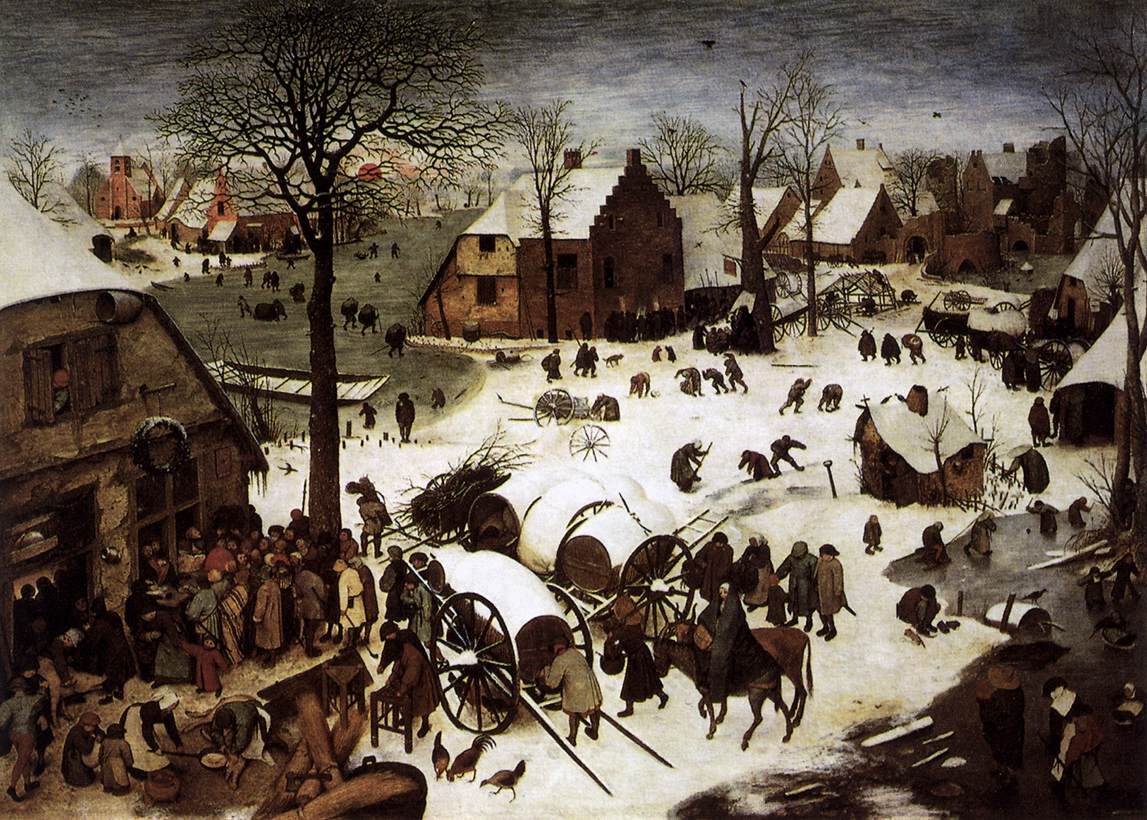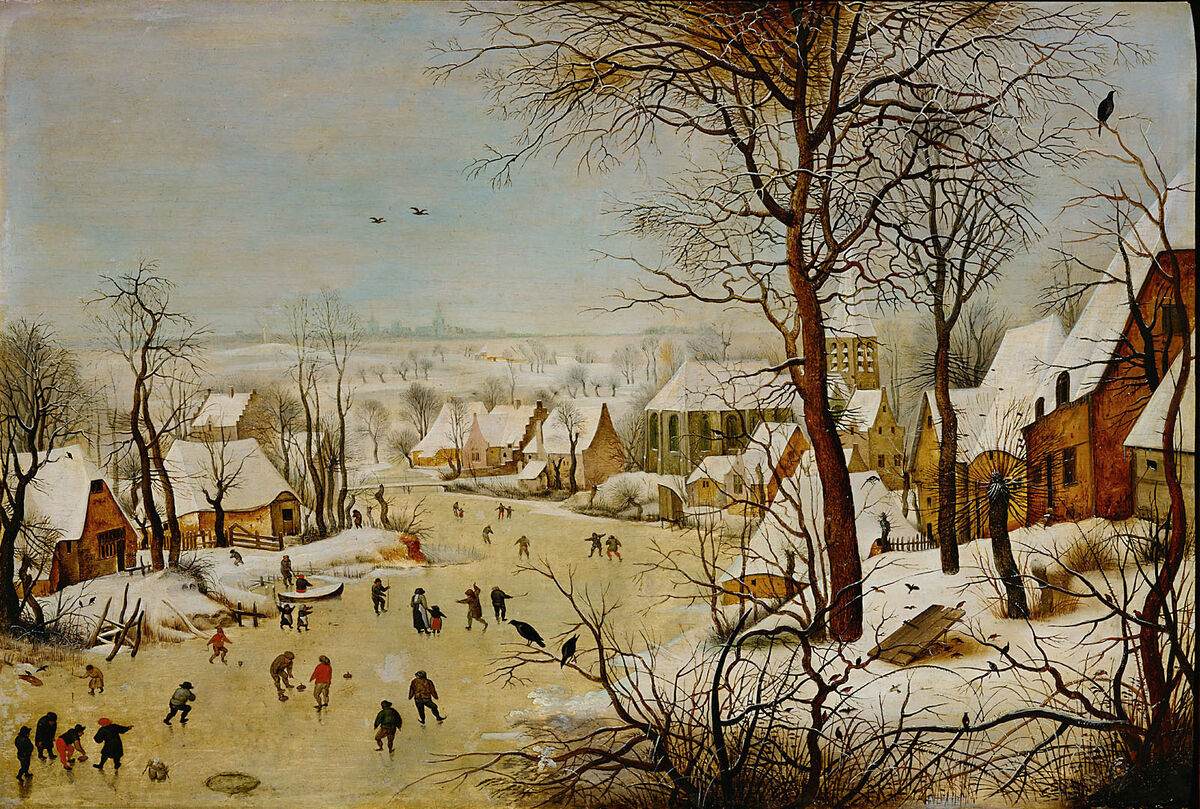The Deadly Truth behind Pieter Bruegel the Elder’s Idyllic Winter Landscapes
To many,
’s winter landscapes—the first significant scenes of their kind in European art—impart an atmosphere of festivity. Indeed, the Flemish artist’s quaint snow scenes can often be seen on the front of Christmas cards. The figures in the paintings skate on frozen rivers, play early versions of ice hockey with sticks and rocks, or attempt to catch birds. Above all, they seem to marvel at the stark beauty before them. But this picturesque sense of revelry has largely been conjured centuries later, by viewers who have evolved ways of protecting themselves from winter’s force.

Pieter Bruegel the Elder, The Adoration of the Magi in the Snow, 1563. Image via Wikimedia Commons.
During this time period, rivers froze solid enough that locals were able to open rent-free marketplaces on them. Trees produced wood so hardy and unique that from it,
created the best musical instruments the world had ever seen. But food shortages were almost yearly, inciting riots and illness throughout Europe. Suicide rates rose. Many people thought the destruction of their crops or deaths of their children were punishments from God, or they blamed witchcraft for their misfortunes—claims that resulted in the deaths of thousands of women.

Pieter Bruegel the Elder, The Census at Bethlehem, 1566. Image via Wikimedia Commons.
Bruegel single-handedly made winter landscapes subject matter fit for serious painting. Previously, they might feature in tapestries and prints, occupy the corners of larger works, or be seen in the margins of illuminated manuscripts. It seemed that the harsh winter had gotten into Bruegel’s bones; the cold would quickly become absolutely essential to his way of seeing. For his first attempt at translating snow in paint, The Adoration of the Magi in the Snow (1563), Bruegel would almost entirely obscure Mary, Joseph, and the infant Jesus with a blizzard. Largely due to the popularity of Bruegel’s snow scenes—of which copies by his son,
, and other artists were widely circulated—a whole new genre was embraced by 17th-century Dutch painters, as well as wealthy patrons.

Pieter Bruegel the Elder, Winter Landscape with a Bird-trap, ca. 1601. Image via Wikimedia Commons.
Here, Bruegel is a
of snow, his renderings at once impressionistic and true to life. Like Turner, the artist’s ability to capture the versatility of snow with various textures further adds poignancy to the composition. Look at the hunters’ footprints; one can feel the weight of the man closest to us as he sinks into the snow. See how well he captures the qualities of all the other elements battling against the cold. For instance, the smoke and flames from the fire before the inn on the left—as in the Census at Bethlehem, painted a year later—seem almost smudged, giving an impression of pure motion. Looking at this icy yet undoubtedly beautiful work, there is a sense that Bruegel hovered between an impulse to shear winter of its terribleness while also trying to show its harsh beauty. Perhaps in the end, he couldn’t make up his mind, but the ambiguous result is startlingly powerful.
- Design

